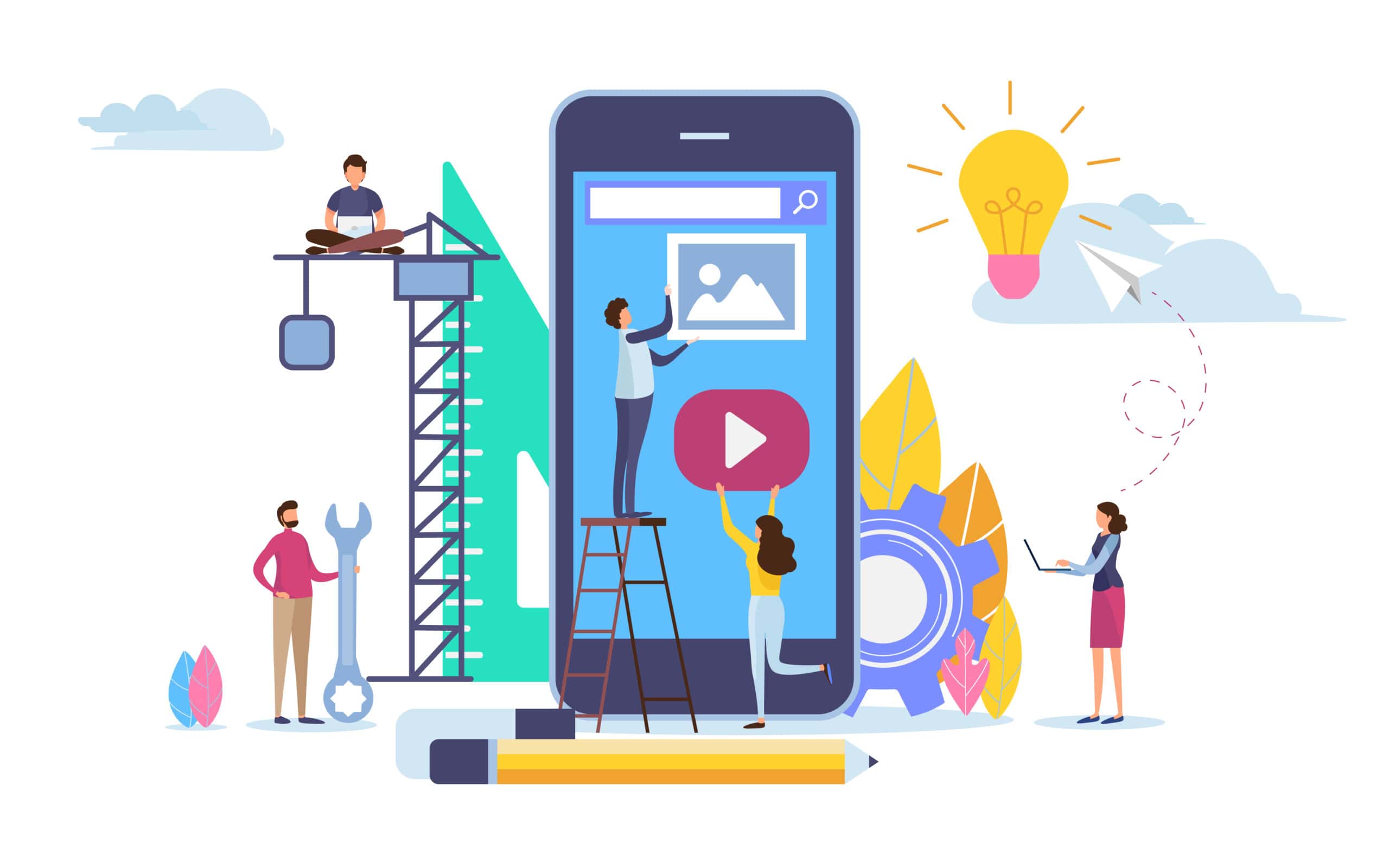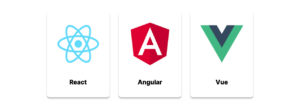
User Interface (UI) is what the software team designs for the end users to perform actions. However, the design of the UI may not align with what the End Users may think is logical or optimal.
This is where User Experience (UX) design comes into play. UX design considers how the End User will logically and intuitively navigate through the application. The goal of the UX design is to align the UI with what most Users will find logical and intuitive.
What Should Your UX Design Process Entail?
1. Be Clear on Business Objectives: Start by having a clear understanding of the business objectives and what role the End Users’ journey will play in delivering the overall business objectives. Here are some of the questions to consider:
- What is the overall project timeline and how does UX/UI design fit or should fit into the overall project?
- Is it the business objective to completely re-imagine the End Users’ experience or to streamline it in order to add efficiency?
- Is the speed of the transaction conducted by the End User the targeted outcome or the length of time the End User spends on the application?
- What are the personas of the targeted End Users?
- How do the objectives align with the UX design deliverables?
- Are there prior iterations and failed attempts to learn from?
This list is a sample question list. We recommend the UX project team carefully crafts the right questions based on the software application’s business objective, target market, and End User feedback to help define the strategic vision first.
2. Consider Principles for Good UX Design such as:
- What is the market norm in the industry?
- What are the current End User expectations?
- Focus on the End User
- Consistency throughout the user experience (navigation, fonts, consistent elements on each page, etc.)
- Clarity in website or app design and functionality
- Adaptability and agility
- Ability to put the End User at ease and in control
- Accessibility
3. Conduct Product Research: Understand the target product/service functionality. Review the functional specifications to understand the business objectives, target audience, and targeted outcome of the application. Understanding how the product will help refine UX principles and high-level vision.
4. Market Research on UX Experience: It’s not practical to interview hundreds of End Users to define the ideal interface, however, in-depth individual interviews with a representative group of stakeholders is critical to understand End Users’ perspective.
Considering researching similar or complimentary applications to understand what the current End Users’ expectations are. Customer UX is constantly evolving in today’s evolving digital world, as a result, it is essential to understand market norms.
5. Analysis: This stage should act as a cross-check for research curated in earlier stages – how do the business objectives, principles of UX design, target product definition, and market search align?
- Is there alignment in business objectives, market research, and target product design?
- Does the End Users’ anticipated behaviour represent the majority?
- What will cause the End Users’ logic or intuition to change?
- What other factors should be considered?
6. Develop Wireframes: Wireframes form the scaffolding around which each UI designers build each screen. It answers these questions:
- How will the screen look?
- Do the wireframes help End Users navigate with ease and intuition?
- Which elements are available on each screen?
The purpose is to confirm or correct assumptions about how the software should function, look, and feel. During this phase, you’ll create user personas that mainly cover: (1) Who uses the software and (2) User stories – how each persona will use and experience the software solution.
7. Take a Practical Approach to Converge UX with UI Design: With a better understanding of UX through the previous stages, optimize the UI to satisfy requirements defined during UX. It’s equally important to balance business objectives, project timelines, and the multiple stakeholders when striving to balance UX and UI.
8. Deploy Working Prototypes with Agile Development Approach: Prototype development involves knowledge of business processes and technical solutions. These constructs allow users to see how a portion or all of an application will function. With the Agile Development Approach, the End User is given the opportunity to test drive the application at the end of each sprint (about every two weeks). With Agile, the UX/UI check is conducted throughout the project, so the risk of a large gap between UX and UI at the end of the project is minimized.
9. Test: Use various testing methodologies, such as A/B testing, User Acceptance Testing Groups, and checklists to ensure UX and UI criteria is obtained.




